The deer population in the Blue Hills is ten times the desired levels for this region, according to the Department of Fish and Wildlife
Last month, the Department of Conservation and Recreation and the Department of Fish and Wildlife released the results of the first site-specific study of deer population in the Blue Hills.
The Division of Fisheries and Wildlife deer density goal for the Blue Hills is 6 – 8 deer per square mile. The DFW’s conservative estimate of deer density in the Blue Hills Reservation is 85 deer per square mile.
The estimated deer population is about 10 times the goal for this region. Such high numbers of deer overgraze the understory (shrubs and small trees), damaging the habitat for other species like songbirds who nest in forest shrubs and low tree branches.
To better understand the affect of deer populations on the forest, the DCR will study the vegetation in the Blue Hills, ideally comparing existing conditions to species reports that taken before the increase in deer populations. The DCR also has installed several ‘exclosures’, or fenced areas that prevent the deer from grazing. The fences are intended to allow the forest to recover from overgrazing. By comparing the plants that grow inside and outside of the exclosure, researchers will be better able to identify species that have been suppressed by overgrazing.
Read the DCR report on deer populations in the Blue Hills.
Photo: DCR Commissioner Jack Murray at June presentation on deer populations study.


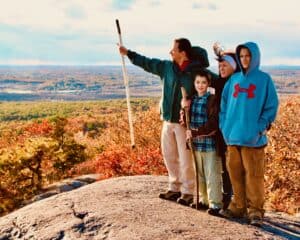










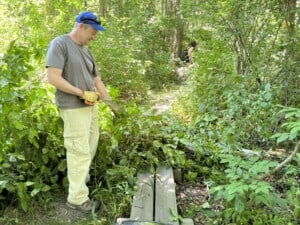
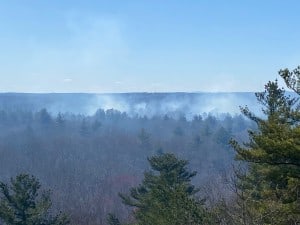

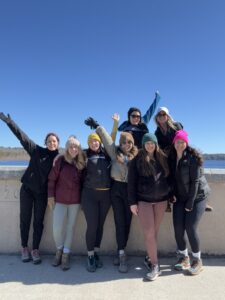
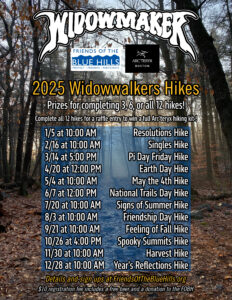


There are only 100 deer in the Blue Hills. Your estimates are fake!
What happens to the deer meat ???
The hunters and their family and friends eat the deer meat. Our understanding is that it is currently not legal to donate deer meat to homeless shelters because of Massachusetts food and safety regulations. We are looking into how that can be changed for the future.
We live about 1 mile from the Blue Hills reservation. We observe a constant flow of deer on our property.
This has created a problem of deer ticks and Lyme Disease for our family and neighbors. We are interested in what we an do as a community to reduce the threat of Lyme Disease.
Are there initiatives in place for use of four-poster feeding stations as part of that solution to protect our community from Lyme disease?
Steve
Steve – We’re so glad you’re interested in working on this issue! I will email you with some possibilities for how to get involved!
Must be a pretty tall fence! You really need to consider a bow season in the Blue Hills. Close off sections to hikers and naturalists for certain periods of time, allow for food plots and salt licks in the selected areas. Cull the does at first to get a jump on the increasing population. You could sell permits to QUALIFIED bow hunters but do not allow the sale of the venison. I could go on and on but I keep in mind you are in Massachusetts and I realize a hunt is highly unliely.
I love the Blue Hills. I worked to summer for the MDC at the Blue Hills back in the early 80’s. Boy I wish I still lived there, where we lived on Canton Ave. was a beautiful area.
Thanks for your comments, Chuck. Glad you have good memories of the Blue Hills!
I second Chuck’s suggestion. The North American Wildlife Conservation model works and it works very well.